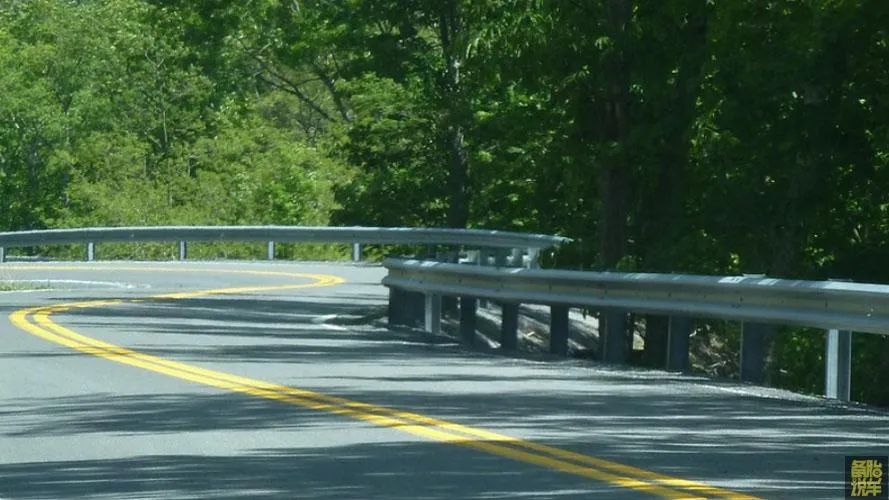For many new drivers, the excitement of hitting the road is quickly overshadowed by anxiety. Whether it’s the fear of accidents, criticism from other drivers, or the pressure of mastering complex maneuvers, these feelings are entirely normal. This guide provides actionable strategies to help you build confidence, improve safety, and enjoy the journey from nervous beginner to skilled driver.
1. Why New Drivers Feel Nervous
Understanding the root causes of driving anxiety is the first step toward overcoming it. Here are three common triggers:
Financial Concerns
Cars are a significant investment, and the fear of damage or repair costs can be paralyzing. Even minor accidents, like hitting a guardrail, can cost $120–$180 in repairs. To mitigate this:
- Consider a used car for practice (under $1,500).
- Opt for a rental car with insurance coverage for short-term practice.
Lack of Experience
New drivers often struggle with coordination, decision-making, and handling unexpected situations. Criticism from impatient drivers (e.g., honking or shouting) can exacerbate anxiety. To combat this:
- Practice in low-pressure environments like empty parking lots.
- Gradually expose yourself to busier roads and highways.
Pressure to Perform
Mismatched expectations between new drivers and real-world scenarios can lead to frustration. For example, stalling at an intersection or braking abruptly can trigger self-doubt. To manage this:
- Set realistic goals (e.g., mastering parking before attempting highway driving).
- Seek a supportive mentor who focuses on progress, not perfection.

2. How to Build Confidence: 3 Proven Strategies
2.1 Practice with a Supportive Mentor
Learning with a calm, experienced driver accelerates skill development. Research shows supervised driving reduces accident rates by nearly 40%. Here’s how to make the most of it:
- Start in Safe Environments: Begin in empty parking lots to practice basics like steering, braking, and reversing.
- Gradual Exposure: Move to low-traffic roads, then highways. Focus on merging, lane changes, and navigating intersections.
- Positive Feedback: Avoid mentors who focus on mistakes. Encouragement boosts confidence more than criticism.

2.2 Use Safety Features Effectively
Modern cars have advanced safety systems that help compensate for inexperience. Key features include:
- Blind Spot Monitoring: Alerts you to vehicles in hard-to-see areas.
- Lane Departure Warnings: Notifies you if the car drifts out of the lane.
- Adaptive Cruise Control: Maintains a safe distance from vehicles ahead.
- Automatic Emergency Braking (AEB): Reduces collision risks by applying brakes automatically.
2.3 Consider a Used Car for Practice
A budget-friendly used car lets you practice without worrying about minor scratches or dents. Benefits include:
- Lower Financial Risk: Repairs are cheaper, and insurance costs less.
- Flexibility: Try different models (sedans, SUVs) to find your comfort zone.
- Alternative Option: Renting a car short-term is also viable. Many rental companies offer insurance packages for new drivers.

3. Tackling Highway Anxiety
Highway driving can be intimidating due to high speeds and complex traffic. Follow these steps to adapt:
- Plan Ahead: Choose low-traffic times (e.g., weekends) and familiar routes.
- Master Merging: Use on-ramps to match highway speeds. Signal early and check blind spots.
- Stay in the Right Lane: This lane is ideal for steady speeds and easier exits.
- Avoid Distractions: Keep music volume low and avoid phone use.

4. Essential Safety Tips for New Drivers
Safety should always be your top priority. Here are four critical tips:
- Maintain Safe Distances: Keep a 3-second gap from the car ahead.
- Scan the Road: Check mirrors every 5–8 seconds and anticipate hazards.
- Practice Defensive Driving: Assume others might make mistakes and prepare to react.
- Avoid Aggressive Maneuvers: Sudden lane changes or hard braking can lead to accidents.

5. Long-Term Skill Development
Driving is a lifelong skill that improves with practice and education. Here’s how to continue growing:
- Take Refresher Courses: Many driving schools offer advanced classes on night driving or bad-weather handling.
- Review Traffic Laws: Stay updated on local regulations, especially if moving to a new area.
- Join Driving Communities: Online forums or local groups provide peer support and practical tips.

6. Key Takeaways
- Start Small: Build skills gradually in low-pressure environments.
- Leverage Technology: Use safety features to bridge experience gaps.
- Stay Calm: Anxiety decreases with practice—track your progress weekly.

Final Thoughts
By combining mentorship, technology, and structured practice, new drivers can transition from nervous beginners to confident road users. Remember, even seasoned drivers were once beginners! Stay patient, celebrate small wins, and prioritize safety above all else.
Additional Resources
- National Highway Traffic Safety Administration (NHTSA)
- AAA Car Care and Repair Tips
- Reddit Community for New Drivers

